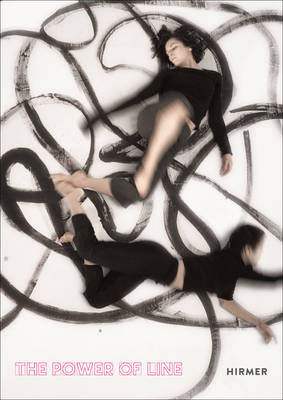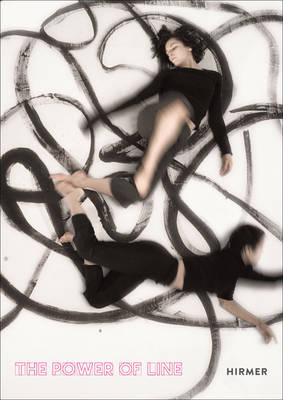
- Afhalen na 1 uur in een winkel met voorraad
- Gratis thuislevering in België vanaf € 30
- Ruim aanbod met 7 miljoen producten
- Afhalen na 1 uur in een winkel met voorraad
- Gratis thuislevering in België vanaf € 30
- Ruim aanbod met 7 miljoen producten
Zoeken
€ 39,45
+ 78 punten
Omschrijving
There are no lines in nature--they are always the creation of humans, manifestations of human action, perception, and design. Lines can divide or connect, may be static or full of movement, and represent and create forms in space and time. And in many cultures, lines take center stage in science, art, writing, drawing, and construction. Employing a vast array of academic perspectives, this fascinating collection delves into the phenomenon of the line, as well as the power it holds for us. From the history of art and science to philosophy, the essays in The Power of Line elucidate the semantic and conceptual depth of the line in European, Asian, and Islamic cultures. As they trace the continuity and transformation of the line over the course of centuries, the authors not only reveal it to be a constitutive element in architecture, art, and writing, but also uncover its importance as a medium of expression in both choreography and the scientific and technological fields. With copious full-color images, The Power of Line is a captivating exploration of the line as an essential artistic and cultural means of expression.
Specificaties
Betrokkenen
- Auteur(s):
- Uitgeverij:
Inhoud
- Aantal bladzijden:
- 260
- Taal:
- Engels
- Geïllustreerd:
- Ja
Eigenschappen
- Productcode (EAN):
- 9783777424989
- Verschijningsdatum:
- 15/05/2016
- Uitvoering:
- Hardcover
- Formaat:
- Genaaid
- Afmetingen:
- 180 mm x 244 mm
- Gewicht:
- 997 g

Alleen bij Standaard Boekhandel
+ 78 punten op je klantenkaart van Standaard Boekhandel
Beoordelingen
We publiceren alleen reviews die voldoen aan de voorwaarden voor reviews. Bekijk onze voorwaarden voor reviews.











